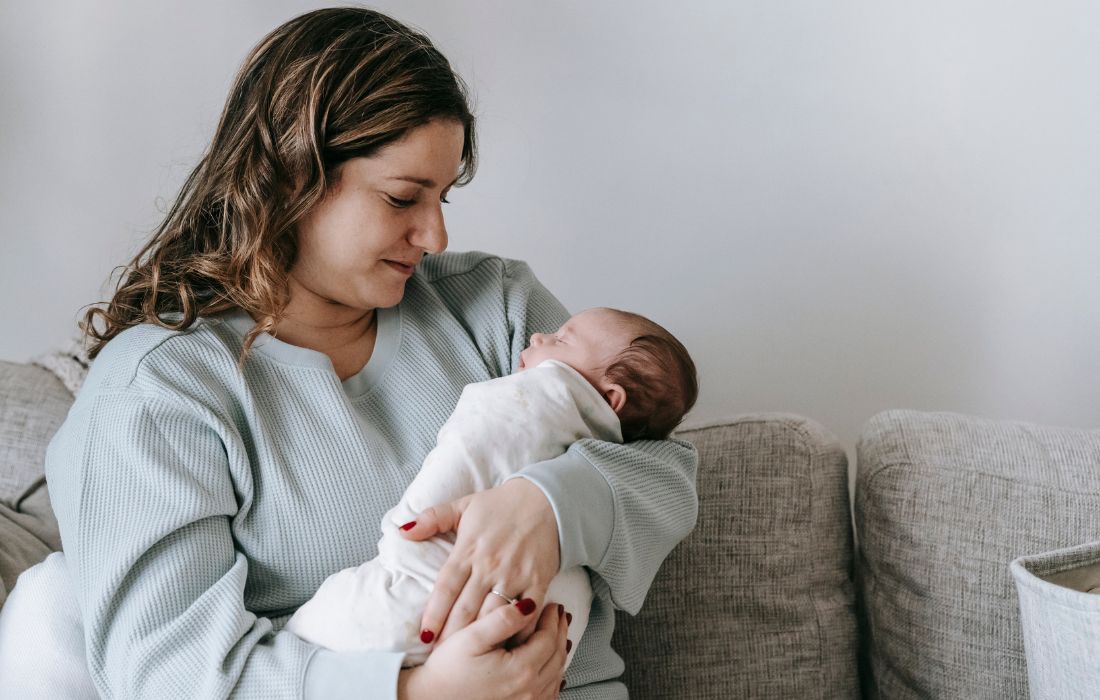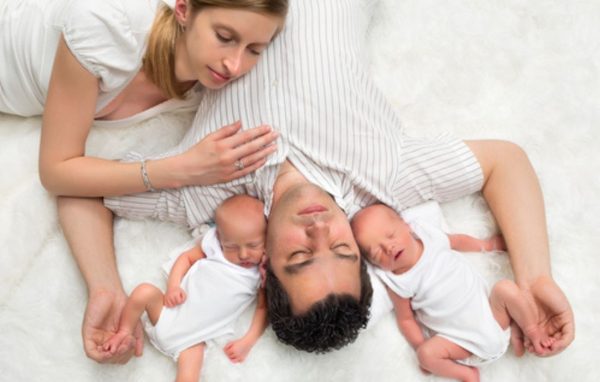Creating a Safe Sleep Environment for your Baby
There’s one thing all new parents have in common – exhaustion. We all long for the days of an uninterrupted sleep. While that might take a while to happen, right from the beginning it’s important to create a safe sleep environment for your baby
Every year over 3,500 babies die from Sudden Infant Death Syndrome (SIDS) and other sleep-related infant deaths. SIDS remains the leading cause of death for babies from one month to one year of age. Many of these deaths can be prevented by making sure that your baby is placed in a safe sleep environment for every nap and sleep.
So, what is a safe sleep environment? Here are the top five things to consider every time your baby sleeps:
Back to Sleep for Every Sleep
The only safe position for a baby to sleep is on his or her back for every sleep by every caregiver until the child reaches 1 year of age. Side sleeping is not safe.
Use a Firm Sleep Surface
Your baby should be placed on a firm sleep surface (e.g., mattress in a safety-approved crib, bassinet or play yard) covered by a fitted sheet. A firm surface maintains its shape and will not indent or conform to the shape of your baby’s head when he or she is placed on the surface. Soft mattresses, including those made from memory foam, could create a pocket (or indentation) and increase the chance of rebreathing or suffocation. If a mattress cover to protect against wetness is used, it should be tightly fitting and thin.
Couches and armchairs are extremely dangerous places for babies. Sleeping on couches and armchairs places your baby at extraordinarily high risk of suffocation through entrapment or wedging between seat cushions or overlay if another person is also sharing this surface. It’s easy to become drowsy holding your baby on a couch or chair so be sure if you do you place him or her into the crib.
And Only a Flat Surface
Babies should not be allowed to remain sleeping in a car seat, stroller, infant carrier/sling, swing or any other item that does not have a firm, flat surface. Babies who are younger than 4 months are particularly at risk because they may assume positions that can create a risk of suffocation or airway obstruction or may not be able to move out of a potentially asphyxiating situation.
When infant slings and cloth carriers are used for carrying, it is important to ensure that your baby’s head is up and above the fabric, his or her face is visible, and his/her nose and mouth are clear of obstructions. If your baby falls asleep in a sitting device, he or she should be removed from the product and moved to a crib or other appropriate flat surface as soon as you can. Car seats and similar products are not stable on a crib mattress or other elevated surfaces.
Keep the Sleep Area Completely Empty
There should be nothing in the baby’s sleep area including pillows, quilts, comforters, blankets, sleep positioners, stuffed animals or fluffy bumpers. Even if covered by a sheet, blankets, sheepskins or other soft bedding should not be placed under a sleeping infant. All these items can obstruct an infant’s nose and mouth and pose a risk of suffocation and entrapment.
Infant sleep clothing, such as a wearable blanket, is preferable to blankets and other coverings to keep the infant warm while reducing the chance of head covering or entrapment that could result from blanket use.
Share a Room But Not a Bed
It is recommended that your baby sleep in your room, close to your bed, but on a separate surface, ideally for the first year of life, but at least for the first 6 months.
According to the American Academy of Pediatrics, evidence suggests that room sharing with your baby, but on a separate surface, decreases the risk of SIDS by as much as 50%. Also, this arrangement is most likely to prevent suffocation, strangulation, and entrapment that may occur if your baby is sleeping in your bed.
Having the crib close to your bed and within view and reach can also facilitate feeding, comforting, and monitoring your baby.
Knowing your baby is sleeping safely will give you peace of mind and let you rest a bit easier yourself.
For more information about ways to reduce the rate of sleep-related infant death and how you can help spread the word visit First Candle’s site here



